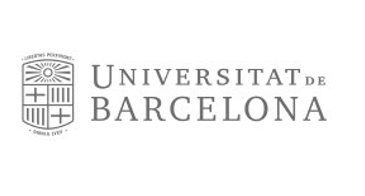
Creating 3D models
A central component of the AUTOMATA project is the creation of high-fidelity 3D models of archaeological objects. These models are not mere visual replicas; they are enriched with a wealth of scientific data.
Using a combination of photogrammetry, laser scanning, and advanced spectroscopic techniques such as XRF (X-ray fluorescence) and Raman spectroscopy, AUTOMATA captures both the visible and non-visible properties of artefacts. These include surface details, material composition, and even microscopic features that are not immediately apparent to the naked eye.
The 3D models provide a comprehensive digital representation of each object, which can be rotated, zoomed, and examined in detail from any angle. This level of detail is invaluable for researchers who can study the objects remotely, while also preserving the physical artefacts by reducing the need for direct handling. The project also seeks to integrate these 3D models into an accessible database, allowing researchers, educators, and the public to interact with these models, promoting wider use in both academic and educational contexts.
Involved partners

Université Bordeaux Montaigne (UBM – FR)
Bordeaux Montaigne University brings together more than 16,000 students and 1,300 teaching and administrative staff, for study and research in the arts, languages, literatures and human and social sciences.

Universitat de Barcelona (UB – ES)
The Research Group on Archaeology of Complex Societies and Processes of Social Change) (GRACPE) of the University of Barcelona (UB) is devoted to verifying the hypothetical models concerning sociocultural evolution, the development of complexity, urbanisation, and the origin of institutionalized socio-inequality.

The Hebrew University of Jerusalem (HUJI – IL)
The Hebrew University of Jerusalem is Israel’s leading university as well as its premier research institution, consistently ranked among the 100 leading universities in the world.
Results
Follow-up the results under this research focus through the project’s deliverables:
Work packages
This research focus is related more specifically with AUTOMATA WP5 (Technologies for enrichies digitisation) and 6 (Technologies for visualisation and processing of enrichies digitisation)
